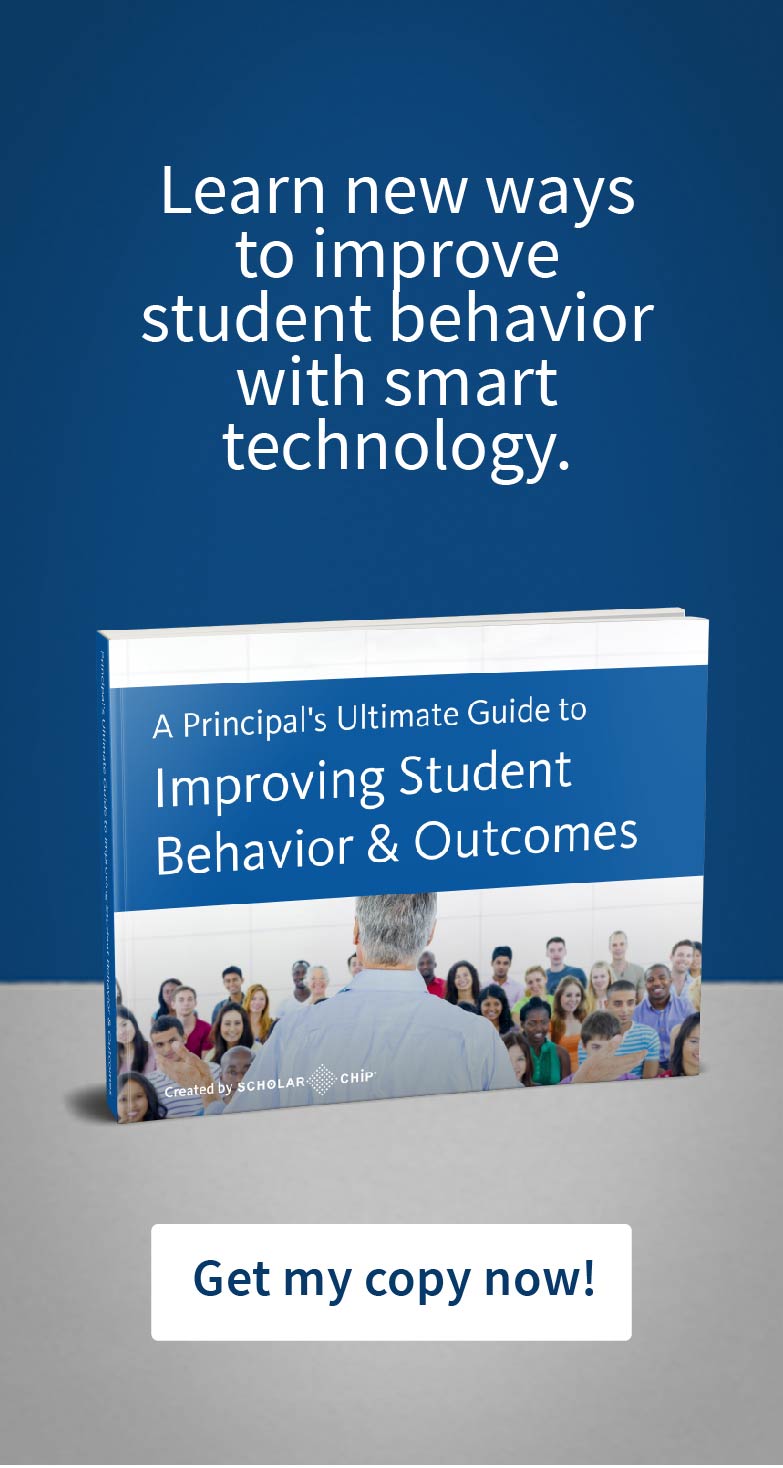When students don’t feel safe and loved, they cannot learn at school. Such negative feelings as these can stem from abuse happening at home, online harassment, or conflict between the student and his or her peers. Both abusive and abused students need care and support to keep them on the right path. Unfortunately, both of these groups of students are at risk of committing violent acts on campus.
Bullying, revenge, and lack of empathy are a few of the deep personal problems that lead to school violence. While a school cannot control all conditions and aspects of every student’s life, many schools can certainly do more to have a positive impact on student learning outcomes and emotional well-being. We urge school leaders to begin this critical work by teaching students how to develop healthy relationships and coping skills by implementing social and emotional learning throughout their campuses.
What Is Social and Emotional Learning?
Social and emotional learning (SEL) is the process of learning how to manage feelings, show empathy, make good decisions, and develop healthy relationships with others. Today’s complicated family structures do not always teach children how to implement these skills in healthy ways. As they have done with so many other necessities, schools are picking up where families leave off by teaching students how to manage life’s challenges.
While SEL will help students make good choices throughout life, it also has the more immediate effect of improving on-campus morale and behavior. A school that focuses on social and emotional learning will boost student learning outcomes as well.
SEL teaches the skills that tend to be most lacking in students who mistreat others. At the end of the spectrum, students who perpetrate school violence have made a terrible decision based on unmanaged feelings of anger, embarrassment, or frustration.
Can we identify those at-risk students at earlier ages? Can we prevent those students from committing violence at school someday? We believe we have to. And we believe we can.
What Does SEL Look Like in the Classroom?
A teacher who runs an SEL-focused class front-loads students with procedures, rules, and high expectations, and demonstrates respect and care for all pupils. He or she provides students with the tools necessary to regulate and correct their behavior and emotions. The teacher discusses with the class why respect and empathy for peers are critical to creating a positive and collaborative classroom environment. Students receive frequent opportunities to practice the interpersonal skills they have acquired.
While these procedures and practice opportunities will look different at various grade levels, SEL can and should be implemented at all stages of development. SEL should be a cornerstone of elementary classroom’s daily routines. Middle schools are a hotbed of emotional and hormonal swings, which makes them one of the most critical places where SEL can help mitigate interpersonal conflicts. Implementing SEL in the middle grades will need to look different to ensure the buy-in of these increasingly savvy and skeptical students.
When students get to the high school level, they should have had several years of practice with SEL skills. High school is also a time of risk-taking and boundary-testing. While you can expect many of these older students to have their SEL skills down pat, it’s still important to reinforce those skills with frequent reminders and prompts.
All of this preparation and practice creates a healthy atmosphere where students feel safe and loved, and which in turn will reduce behavior problems. It will also produce positive student learning outcomes.
What Does SEL Look Like When Implemented Campus-Wide?
Just as a teacher must implement systems and procedures in their classroom, common areas like hallways, cafeterias, and libraries must also come with their universal behavioral expectations. After all, the hope of equal and fair treatment cannot come to a stop when students exit the classroom.
School leadership should apply fair and equal interventions for students who fail to meet expectations. In addition, students should have some ownership of their failures and the process of learning to do better.
This is where an integrated, tech-based tool such as ScholarChip – Alternative Behavior Educator (ABE) can help teachers, administrators, parents, and students alike. When a student commits a behavioral infraction, a teacher can record the incident in the system. When a handful of incidents are recorded for one student, their pattern of poor behavioral choices flags the student as at-risk.
At that point, an administrator or school counselor should follow up with the student and discuss why these incidents have been occurring and how the student can do better. The counselor can then assign the student to complete appropriate learning modules in the ABE system. As the student absorbs the SEL-based lessons, the system rewards the student and delivers data-based reports to the administrator.
Improve Student Learning Outcomes At Your Campus
To learn more about how ScholarChip-ABE can help improve your student learning outcomes, contact us today!

